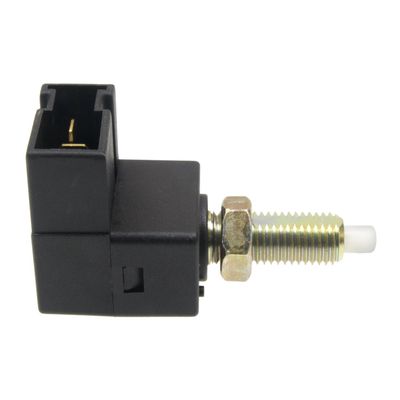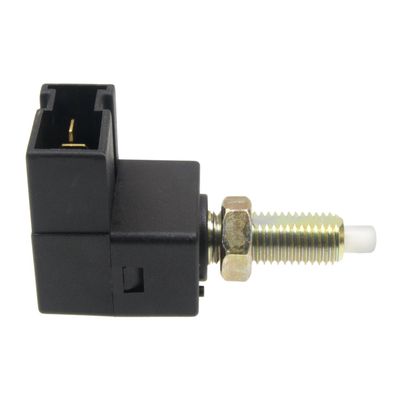Answer
Aug 14, 2024 - 12:12 PM
Testing a Beck/Arnley 201-1818 Brake Light Switch can be done with a few simple tools and steps. Here’s a guide to help you perform the test:
Tools You’ll Need:- Multimeter (to test continuity)
- Screwdriver or appropriate tools to remove the switch (if necessary)
- Helper (optional, to observe brake lights during some tests)
1. Locate the Brake Light Switch:
- The brake light switch is usually mounted on the brake pedal assembly, near where the pedal arm connects to the vehicle’s firewall or bracket.
2. Visual Inspection:
- Before testing, visually inspect the switch and surrounding area. Look for obvious signs of damage, such as broken wires, corrosion, or misalignment. Ensure the switch is securely mounted and the brake pedal properly engages it when pressed.
3. Disconnect the Switch:
- To test the switch, you’ll need to disconnect the electrical connector from it. This will allow you to test the switch without interference from the vehicle's electrical system.
4. Test for Continuity with a Multimeter:
- Set your multimeter to the continuity or ohms (resistance) setting.
- Test with Pedal Released:
- With the brake pedal not pressed (resting position), place the multimeter probes on the two terminals of the brake light switch.
- Expected Result: There should be no continuity (open circuit), meaning the multimeter should not beep or show a low resistance value. This indicates that the circuit is open, as it should be when the brake is not applied.
- Test with Pedal Pressed:
- Next, press the brake pedal (or manually press the switch if it’s removed) to simulate the pedal being pressed.
- Place the multimeter probes on the same two terminals.
- Expected Result: There should be continuity (closed circuit), meaning the multimeter should beep or show a low resistance value. This indicates that the circuit is closed, as it should be when the brake is applied.
5. Test the Brake Lights (Optional):
- Reattach the Switch: If you removed the switch, reattach it.
- Press the Brake Pedal: Have a helper stand behind the vehicle while you press the brake pedal to observe if the brake lights illuminate.
- Expected Result: The brake lights should illuminate immediately when the pedal is pressed and turn off when released.
6. Check for Intermittent Issues:
- Sometimes, a switch may work intermittently due to internal wear. Press the brake pedal several times and observe if the multimeter reading changes or if the brake lights behave inconsistently. This can indicate a failing switch that may need replacement.
- No Continuity When Pressed: If there’s no continuity when the pedal is pressed, the switch is likely faulty and should be replaced.
- Continuity When Not Pressed: If there’s continuity when the pedal is not pressed, the switch may be stuck in the "on" position, indicating a fault.
- Intermittent Operation: If the switch works inconsistently, it may be failing and should be replaced to ensure reliable brake light operation.
If the brake light switch fails any of these tests, it’s a good indication that it needs to be replaced. The Beck/Arnley 201-1818 Brake Light Switch is a crucial safety component, so ensuring it functions properly is essential. If you’re unsure of the results or uncomfortable with the testing process, it’s advisable to consult a professional mechanic.





Add New Comment